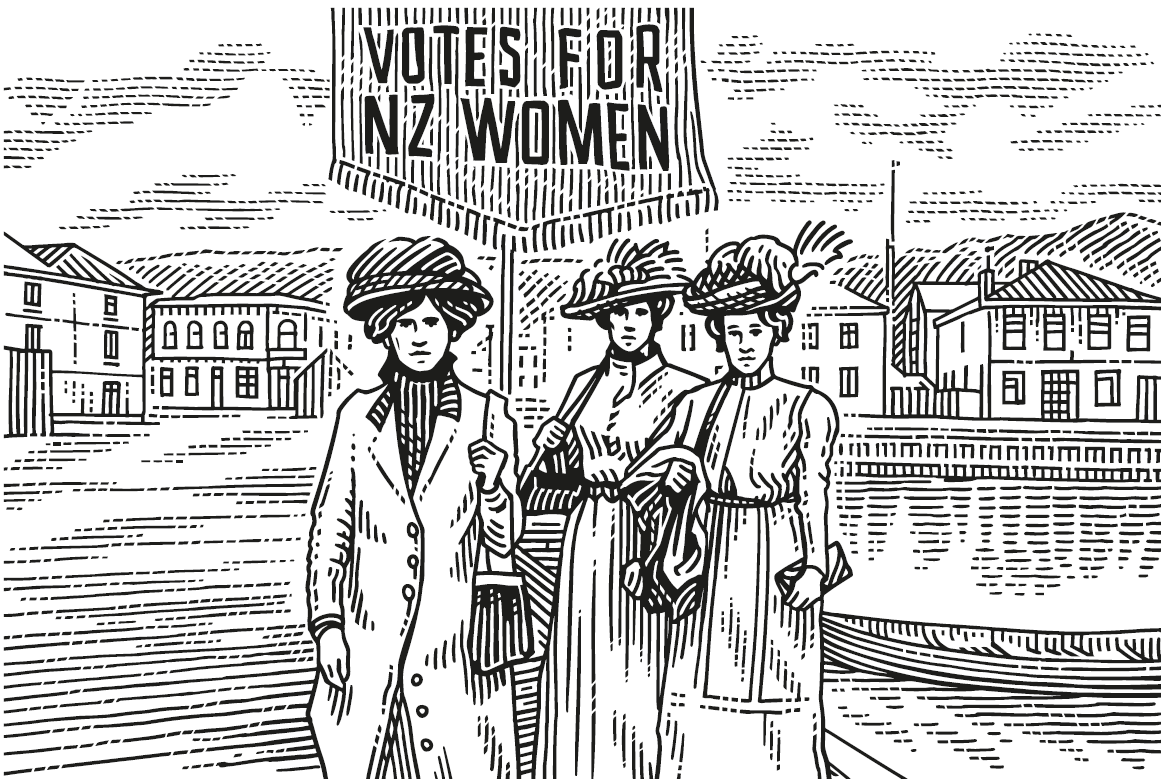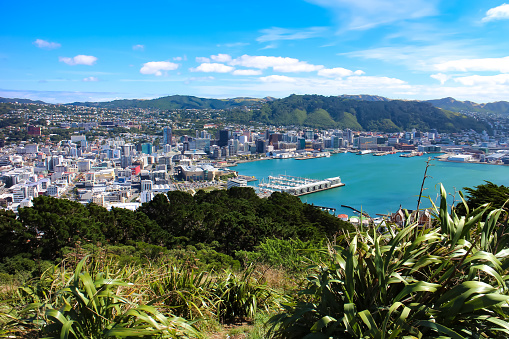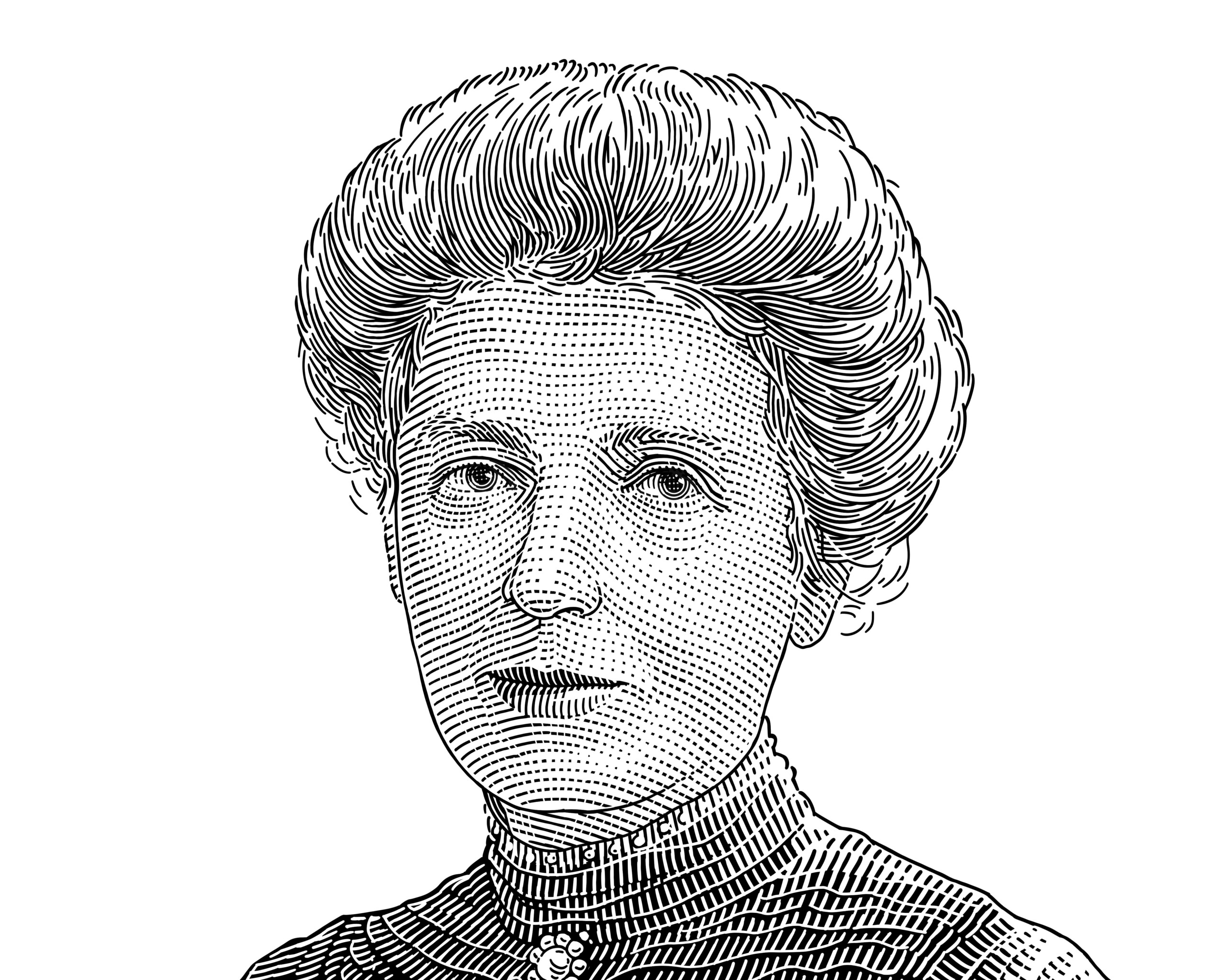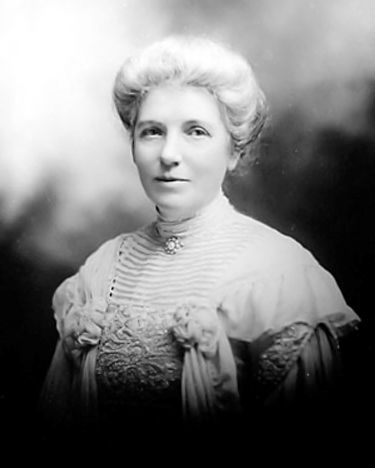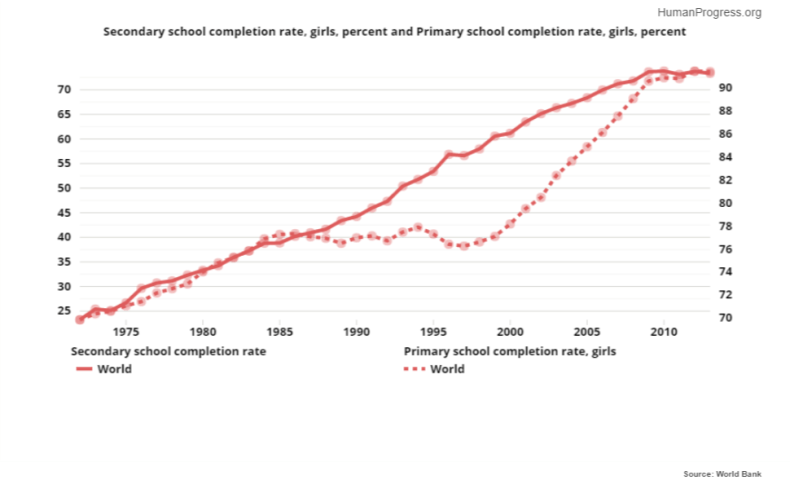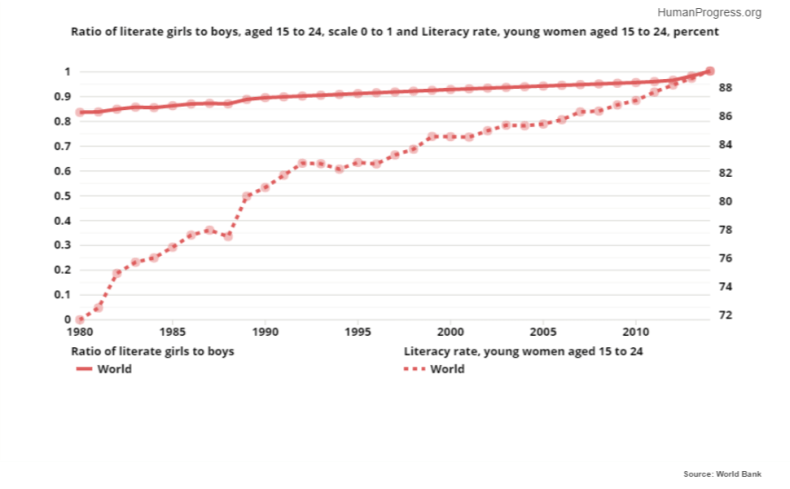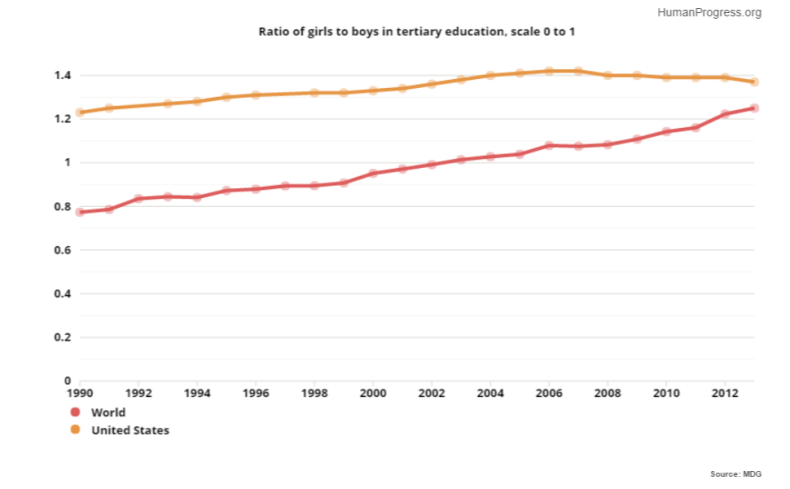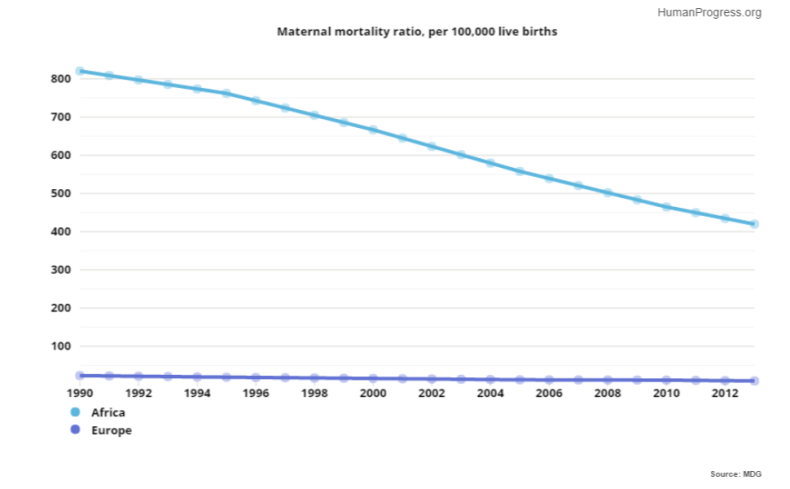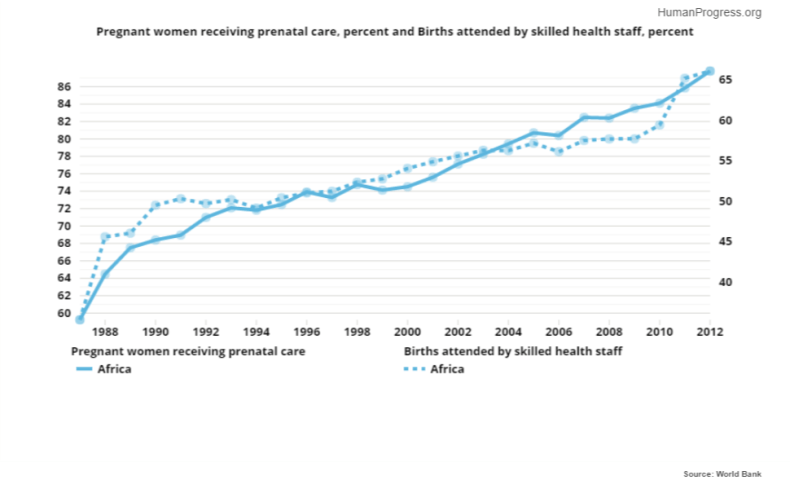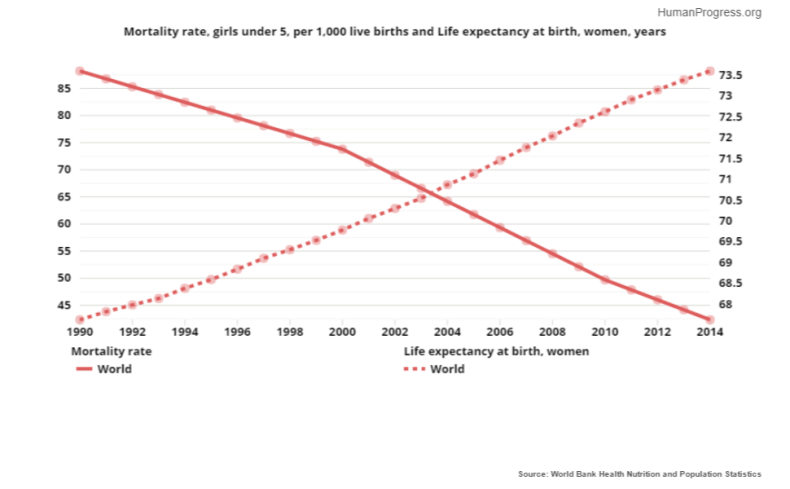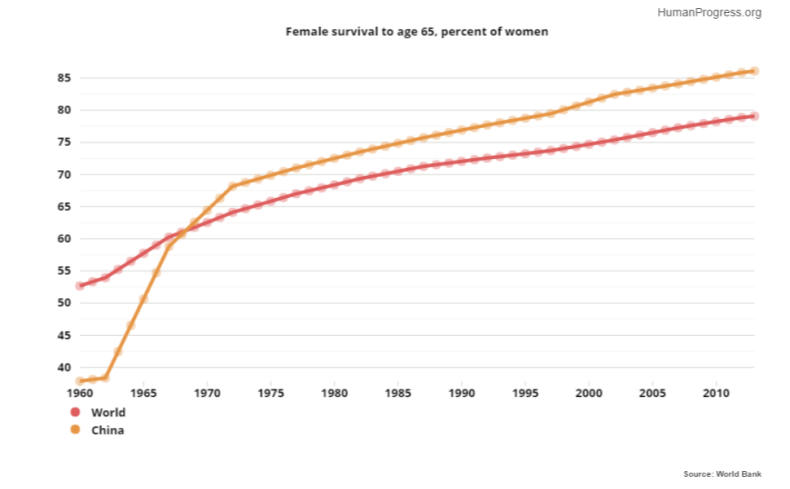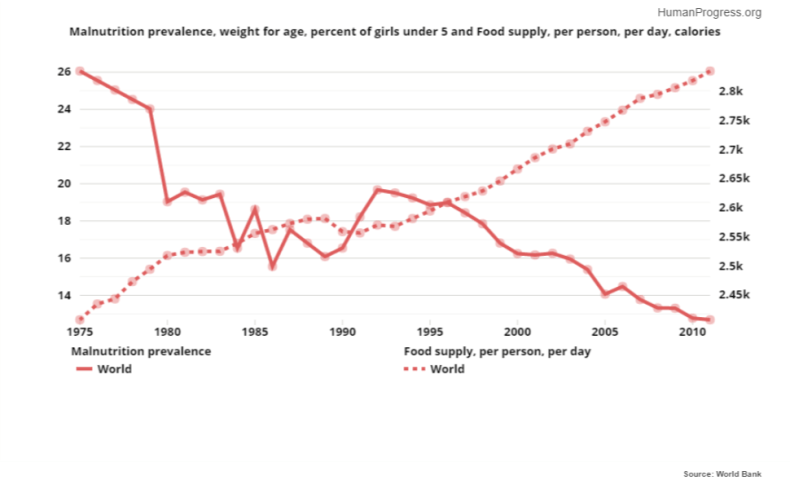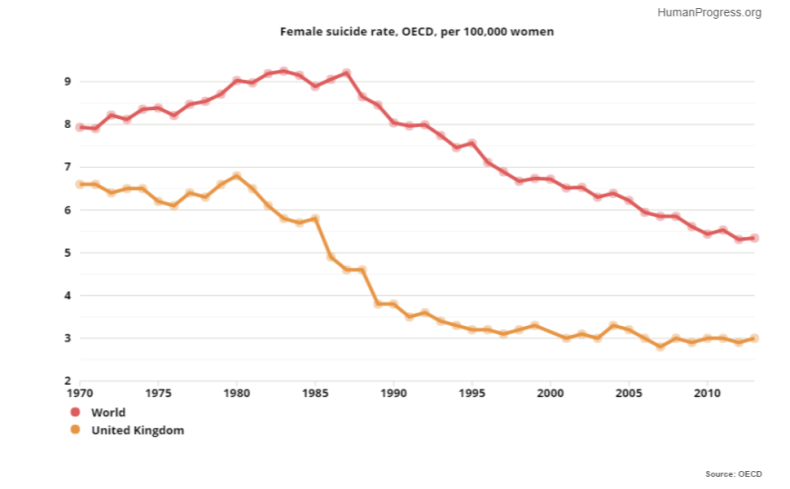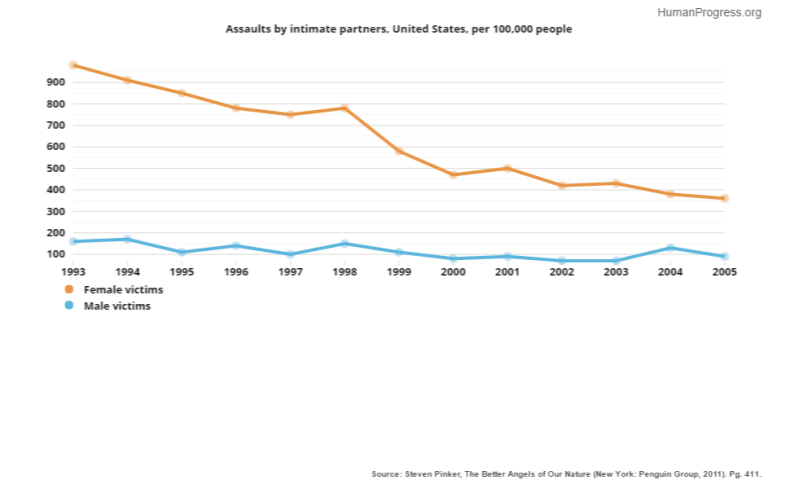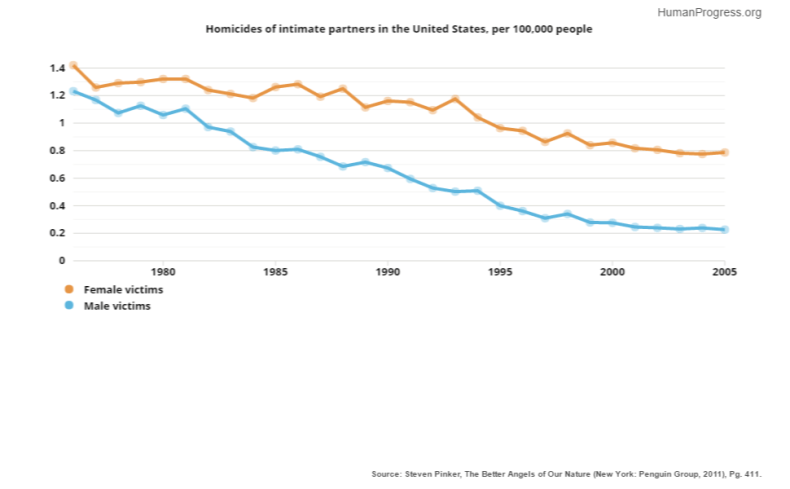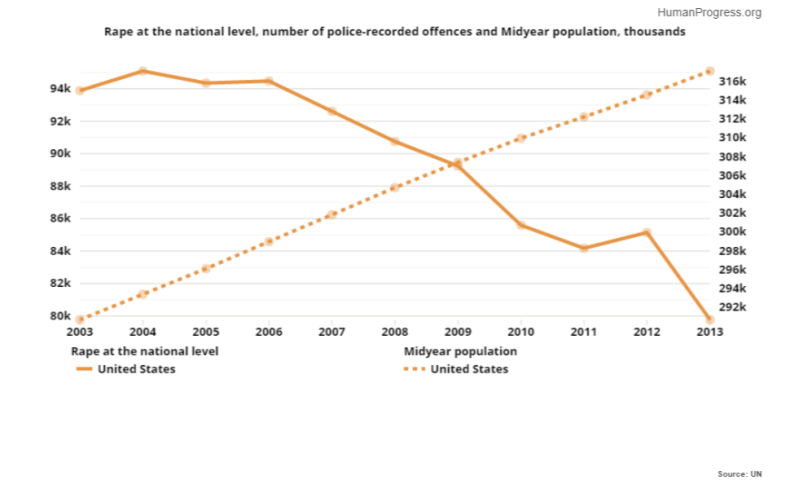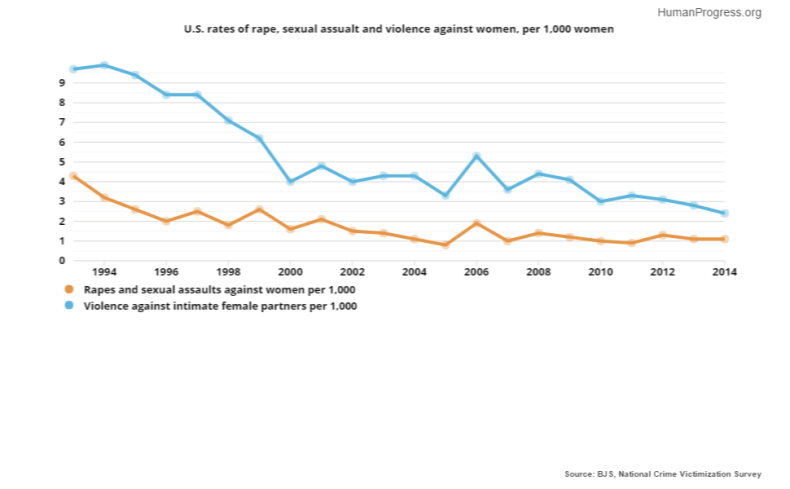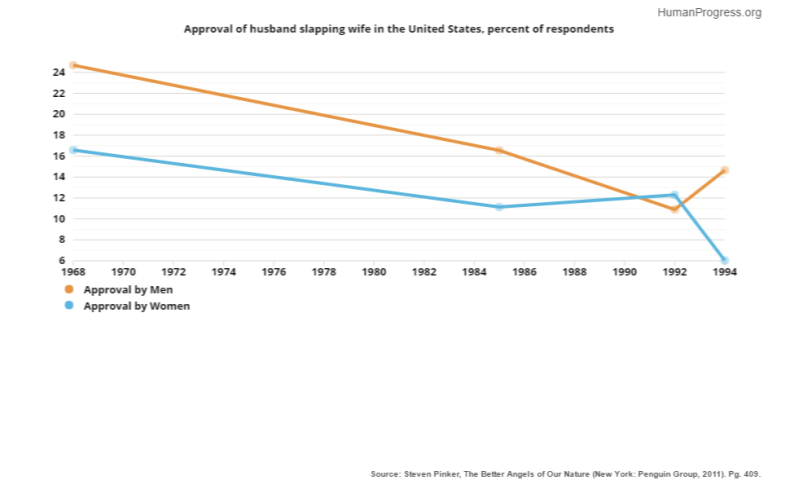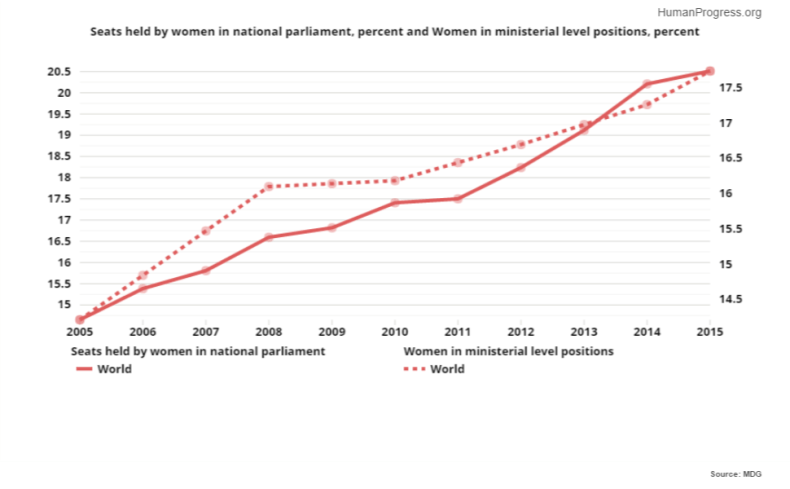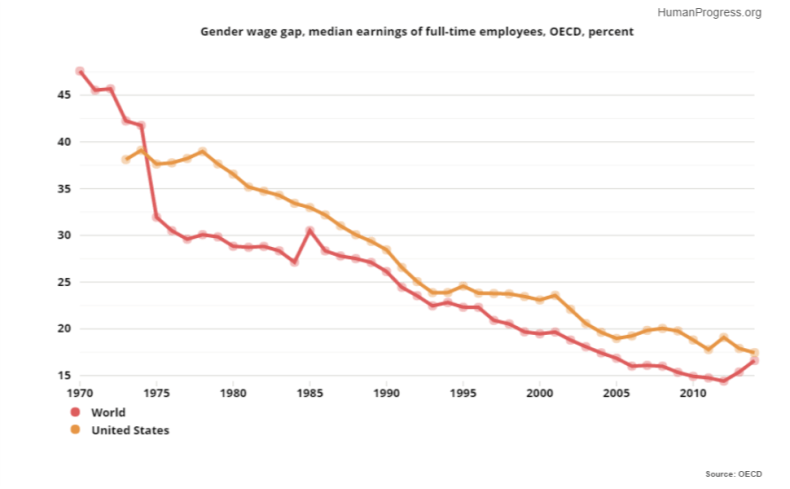Today marks the twenty-fourth installment in a series of articles by HumanProgress.org called Centers of Progress. Where does progress happen? The story of civilization is in many ways the story of the city. It is the city that has helped to create and define the modern world. This bi-weekly column will give a short overview of urban centers that were the sites of pivotal advances in culture, economics, politics, technology, etc.
Our twenty-fourth Center of Progress is Wellington during the late 19th century, when the city made New Zealand the first country in the world to grant women the right to vote. At the time, that was considered a radical move. The reformers who successfully petitioned New Zealand’s parliament then traveled the world, organizing suffrage movements in other countries. Today, thanks to the trend begun in Wellington, women can vote in every democracy, except for the Vatican, where only cardinals vote in the Papal conclave.
Today, Wellington is best known as the capital city of New Zealand and the southernmost capital in the world. The windy bayside city has a population of just over 200,000 people and a reputation for trendy shops and cafes, seafood, quirky bars, and craft breweries. It has quaint red cable cars and its historic Old Government Building, constructed in 1876, remains one of the world’s largest wooden structures. Wellington is also home to Mount Victoria, the Te Papa Museum, and a wharf with frequent pop-up markets and art fairs. Young and entrepreneurial, Wellington has been ranked as one of the easiest places in the world to start a new business. It is also a creative arts and technology center, famed for the nearby Weta Studios’ work on the Lord of the Rings movie franchise.
According to legend, the site where Wellington now stands was first discovered by the legendary Māori chief Kupe in the late 10th century. Over the following centuries, different Māori tribes settled in the area. The Māori called the area Te Whanganui-a-Tara, meaning “the great harbor of Tara,” named after the man said to have first scouted the area on behalf of his father, Whātonga the Explorer. An alternative name was Te Upoko-o-te-Ika-a-Māui, meaning “the head of the fish of Māui,” referencing the mythical demi-god Māui who caught a giant fish that transformed into the islands of New Zealand.
Noting the site’s perfect location for trade, an English colonel purchased local land in 1839 from the Māori for British settlers. A business district soon blossomed around the harbor, transforming it into a busy port. The following year, representatives of the United Kingdom and various Māori chiefs signed the Treaty of Waitangi, which brought New Zealand into the British Empire and made the Māori British subjects. Wellington was the first major European settlement in New Zealand, named after Arthur Wellesley, first duke of Wellington—one of many tributes to the famed Prime Minister and military leader who defeated Napoleon at the Battle of Waterloo in 1815.
Interestingly, New Zealand has no widely agreed-upon “Independence Day.” Rather, the country’s sovereignty seems to have come about gradually, with key events in 1857, 1907, 1947, and 1987. It was not until that last year that New Zealand “unilaterally revoked all residual United Kingdom legislative power” over the nation.
The colonial nation’s demographics changed rapidly. By 1886, the majority of non-Māori residents were New Zealand-born rather than British-born immigrants, although the latter continued to stream into the country. While many people thought of themselves as British, the term New Zealander was becoming more common. By 1896, New Zealand was home to over 700,000 British immigrants and their descendants, as well as close to 40,000 Māori people.
Throughout most of history, women were largely excluded from politics, though it is important to remember most men were excluded as well. Political power tended to be concentrated among a small group, such as a royal family, while the majority of people, both male and female, lacked any meaningful say in political decisions. However, while history has certainly had its share of politically powerful women, from the Byzantine Empress Theodora to the Chinese Empress Wu Zetian, the majority of rulers in all major civilizations have been male.
In other words, in a world with highly exclusionary political institutions that left almost everyone out, women were even more likely to be left out than men. Likewise, when a wave of democratization expanded the pool of political participation to an unprecedented share of the population in the 19th century, the voting rolls still excluded women.
Young New Zealand was no exception, and women were initially denied the right to vote. A popular belief was that women were suited only to the domestic sphere, leaving “public life” to the men. But by the late 19th century, as more women entered professional fields previously staffed solely by men, women began to be seen as more capable of participating in the public sphere.
These changes helped to galvanize the suffrage movement in New Zealand. Suffragettes such as Kate Sheppard gathered signatures to provide evidence of growing public support for female suffrage. In 1891, 1892, and 1893 the suffragettes compiled a series of massive petitions calling on parliament to enact female suffrage. The 1893 petition for female suffrage gained some 24,000 signatures, and the sheets of paper, when glued together, formed a 270-meter roll, which was then submitted to the parliament in Wellington.
The suffrage movement was aided by widespread support from New Zealand’s men. As a “colonial frontier” country, New Zealand had far more men than women. That happened, because single men were generally more likely to immigrate abroad. Desperate for companionship, the country’s men sought to attract more women to New Zealand and often romanticized the latter. Many New Zealanders believed that an influx of women would exert a stabilizing effect on society, lowering crime rates, decreasing rates of alcohol use, and improving morality.
Indeed, research suggests that highly unequal sex ratios can cause problems: societies with far fewer women than men see higher rates of male depression, aggression, and violent crime. It is most likely that those negative effects stem from tensions that arise when a large number of men in a society feel that they have little hope of ever finding a wife.
However, the popular view in 19th-century New Zealand was that women were in some ways morally superior to men, or more likely to act for the good of society. Building on that belief, suffrage-supporters cast women as “moral citizens” and argued that a society where women could vote would become more virtuous. In particular, the women’s suffrage movement was closely connected to the alcohol prohibition movement. Men who supported alcohol prohibition on moral grounds were thus highly likely to support giving women the right to vote.
New Zealand was not an outlier—the other places that granted women the right to vote early on were also typically “frontier” societies. Like New Zealand, those places had a large male surplus and were motivated by a belief that female voters were morality-minded and would rally against social ills. The most prominent of those perceived ills were alcohol and, in the western United States, polygamy—as practiced by some adherents of the young Latter-Day Saints movement. It was also believed that women would oppose unnecessary wars and promote a more dovish foreign policy. Among the earliest adopters of female suffrage in the United States were the frontier western mountain states Wyoming (1869), Utah (1870), Colorado (1893), and Idaho (1895). The frontier territories of South Australia (1894) and Western Australia (1899) followed the same pattern.
But New Zealand led the way as the first country to give women the right to vote. Moved by the suffragettes’ tireless efforts and their numerous male allies, the government embarked on a radical experiment. In Wellington, the governing Lord Glasgow signed a new Electoral Act into law on September 19th, 1893. The Act gave women the right to vote in parliamentary elections.
Ever since then, women have taken an active role in governing the country from the capital of Wellington. New Zealand has not only had three different female prime ministers, but women have held each of New Zealand’s key constitutional positions in government. At times, New Zealand has had a female prime minister, governor general, speaker of the House of Representatives, attorney general, and chief justice. The country remains proud of the pioneering step toward legal gender equality enacted in Wellington, even featuring suffragette Sheppard on the $10 banknote.
After her legislative victory, Sheppard and her allies toured several other countries and helped to organize suffrage movements abroad.
While women voting and running for office may seem commonplace now, at the time, it was revolutionary. For perspective, the United Kingdom did not grant women fully equal voting rights until 1928. Spain only granted women universal suffrage in 1931. France did so in 1945. Switzerland waited until 1971. Liechtenstein held out until 1984. And Saudi Arabia refused to budge until 2015. Today, women can vote almost everywhere.
As New Zealand’s seat of government, Wellington was at the center of the first successful campaign to grant a country’s women the right to vote. For playing host to a groundbreaking legislative victory for women’s suffrage, Wellington is rightly our 24th Center of Progress.


